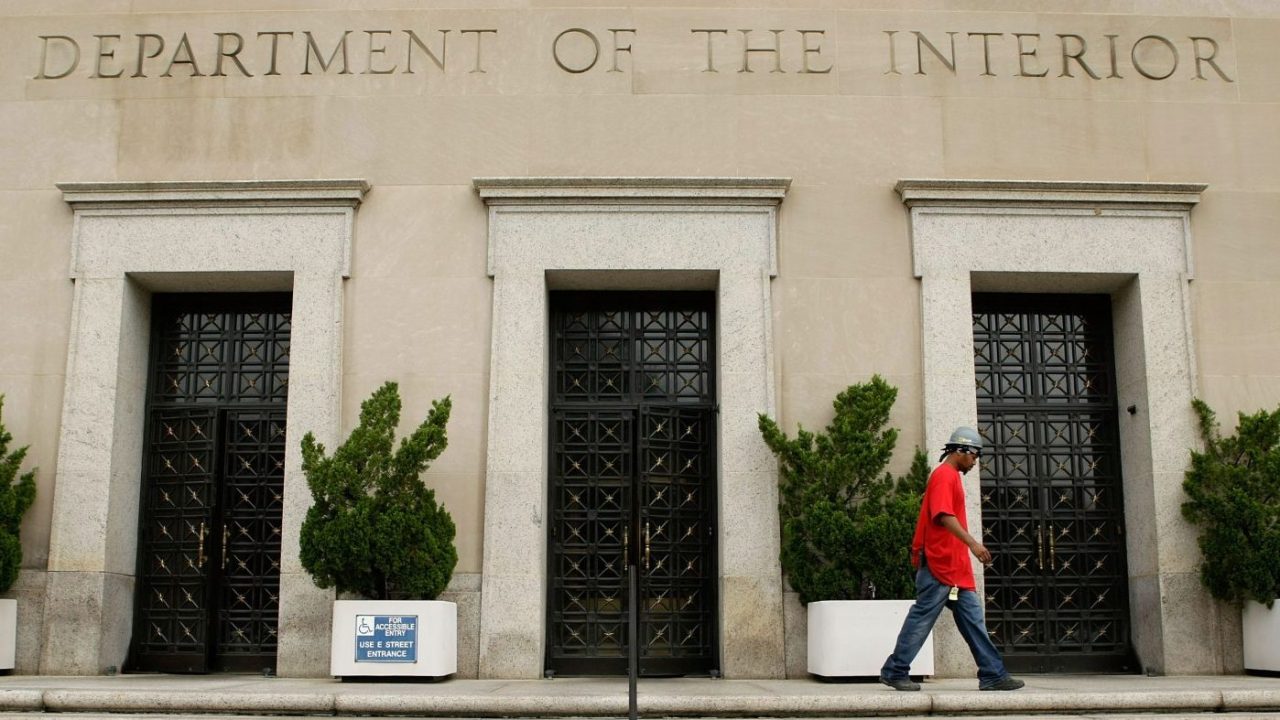With little warning, the American Museum of Natural History in New York abruptly closed almost 10,000 square feet of Native American exhibitions on Jan. 26. The reason? New regulations from the Biden administration to enforce a 1990 law known as the Native American Graves Repatriation Act.
Like most legislation, this law has a defensible idea at its core. Clearly, it is a sensitive matter if people display Native skeletons in museums, especially if they were dug out of their graves at a time when tribal rights of consent were not considered.
However, repeated whip-cracking by Biden-appointed officials at the Department of the Interior has made the situation so difficult that museums with almost any Native American artifacts are finding it impossible to maintain their displays without interference.
The law was originally intended to protect actual human remains from grave-robbing, but now it has been extended to include every sort of Native American artifact, including historical canoes and wampum belts.
And the damage goes far deeper than most people realize. According to the anthropologist Elizabeth Weiss of San Jose State University, the fervor for the reburial of Native bones means that skeletons thousands of years old, which bear no cultural or direct genetic relation to any modern tribe, are being removed from archaeology collections. This effectively removes them from the scientific record, making crucial studies about modern Natives’ ancient ancestors — for example, genetic testing to trace long-lost lineages or establish ancient tribal movements — impossible.
In this way, the Biden administration is erasing Native history.


Just because they don’t have archeologists or anthropologists by title doesn’t mean they don’t know the history of the artifacts. Plus, it’s their stuff, they have a right to it.
Why don’t you just ask the Native Americans what they want? It’s possible they are fine with it or want the exhibit altered to be allowed to stay.